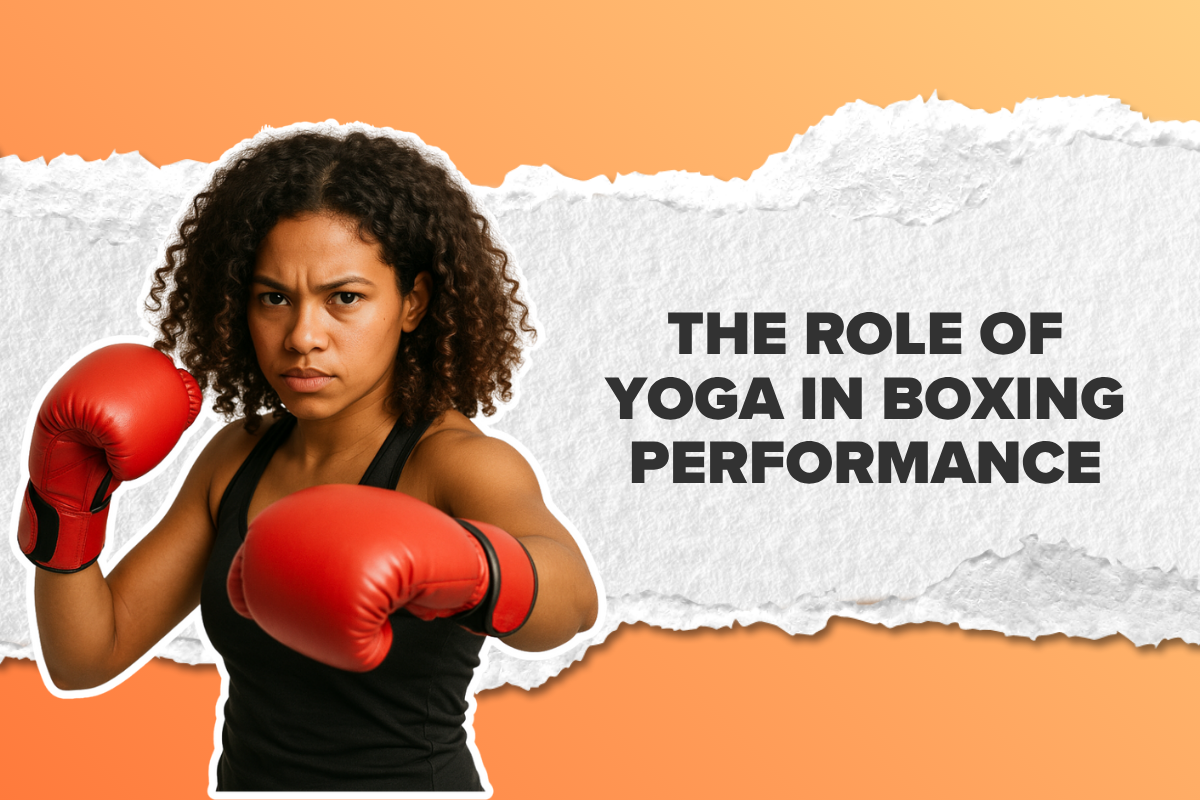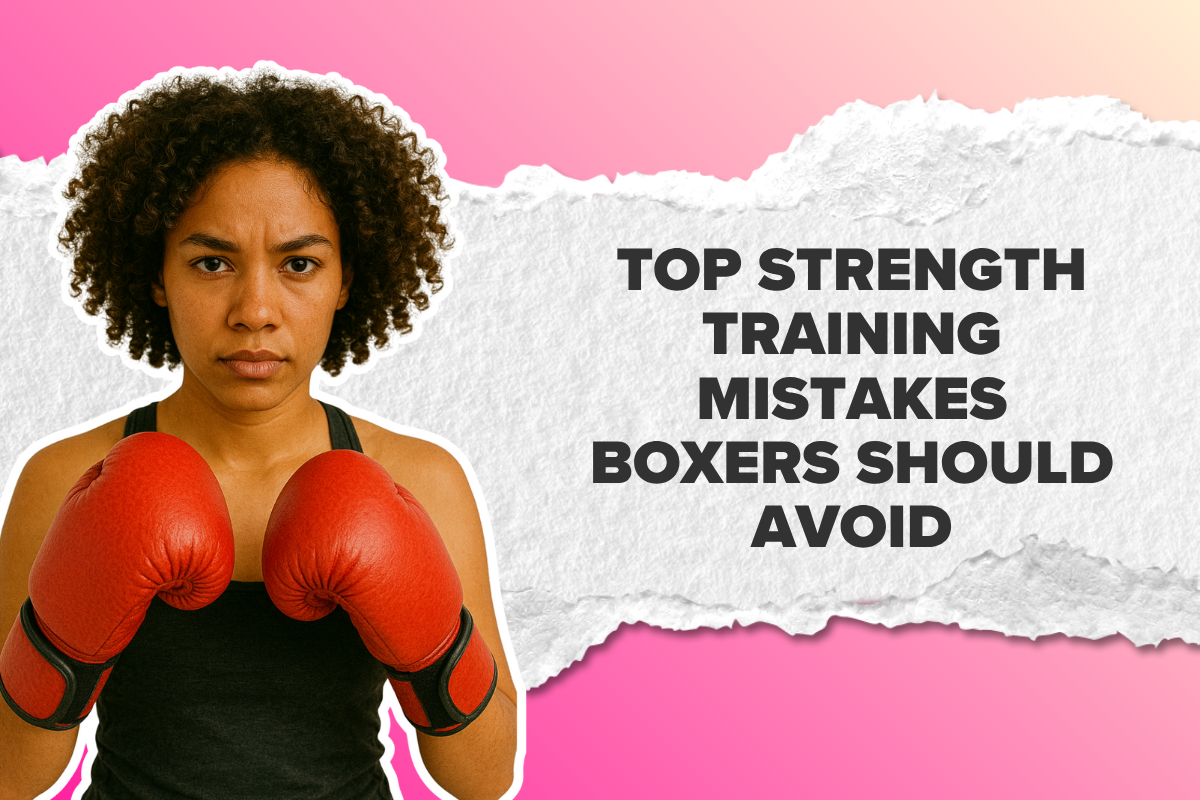Boxing takes a toll on your body. Every jab, slip, and pivot engages dozens of muscles that tighten up after repeated training. Over time, that stiffness can lead to slower movement, fatigue, or even injury. That’s where foam rolling comes in.
Foam rolling—also known as self-myofascial release—is one of the most effective recovery tools for boxers. It helps release muscle tension, improve flexibility, and speed up recovery between sessions. Whether you’re training for a fight or boxing for fitness, adding a few minutes of foam rolling to your warm-up or cooldown can make a huge difference in performance and mobility.
Why Foam Rolling Is Essential for Boxers
When you box, you’re constantly performing repetitive, high-intensity movements—especially through the shoulders, back, hips, and legs. Over time, these muscles can tighten, reducing your range of motion and increasing your risk of strain.
Key Benefits of Foam Rolling for Boxers
-
Improves circulation: Increases blood flow to sore or tight areas, helping muscles recover faster.
-
Enhances mobility: Keeps joints moving freely for smoother footwork and punching mechanics.
-
Reduces soreness: Helps flush out lactic acid and relax overworked muscles.
-
Prevents injuries: Releases tension before it leads to overuse injuries.
-
Improves body awareness: Helps you notice and fix imbalances that affect technique.
Think of foam rolling as your personal massage therapist—it’s cheaper, faster, and you can do it anywhere.
When to Foam Roll
You can foam roll before and after training—the timing just changes the goal:
-
Before training: Use it as part of your warm-up to loosen tight areas and prepare your muscles for movement.
-
After training: Use it to release tension and promote recovery by relaxing the muscles you just worked.
Spending 5–10 minutes rolling key muscle groups is usually enough.
Foam Rolling Techniques for Boxers
1. Upper Back (Thoracic Spine)
Why: Boxing rounds cause a lot of shoulder hunching, which tightens your upper back.
How:
-
Lie on your back with the foam roller under your upper back.
-
Cross your arms over your chest or support your head with your hands.
-
Roll slowly from the mid-back to the top of your shoulders.
-
Pause on tight spots and take a few deep breaths.
Tip: Avoid rolling the lower back directly—focus on the thoracic area.
2. Shoulders and Lats
Why: Punching engages your deltoids and lats; these areas often get sore and restrict mobility.
How:
-
Lie on your side with the roller under your armpit (targeting the lat).
-
Extend the top arm and roll from your armpit down to your mid-rib area.
-
Roll gently over the shoulder joint by lying slightly diagonally.
Tip: Keep movements slow and controlled to avoid shoulder irritation.
3. Chest (Pecs)
Why: Constant punching shortens chest muscles, pulling the shoulders forward and causing poor posture.
How:
-
Lie face-down with a small foam roller or ball under one pec.
-
Roll slowly from your sternum toward your shoulder joint.
-
Hold on tight areas for 10–15 seconds.
Tip: Opening up your chest helps restore posture and prevent shoulder strain.
4. Hips and Glutes
Why: Footwork, pivots, and rotational power all come from your hips and glutes. Keeping them mobile prevents tightness and back issues.
How:
-
Sit on the roller and cross one ankle over the opposite knee.
-
Lean slightly toward the crossed leg side and roll your glute muscles.
-
Move slowly from the top of your hip to mid-glute.
-
For hip flexors, lie face-down with the roller under your front hip crease.
Tip: Roll each side for 30–60 seconds.
5. Hamstrings
Why: Tight hamstrings reduce explosiveness and affect your stance and footwork.
How:
-
Sit with the roller under your thighs and your hands behind you for support.
-
Roll from your knees to your glutes.
-
For more pressure, cross one leg over the other and roll one side at a time.
6. Quads
Why: Boxing footwork and conditioning drills work the quads constantly. Tight quads can limit hip mobility.
How:
-
Lie face-down with the roller under your thighs.
-
Roll from your hips to just above your knees.
-
Pause on tight spots and bend your knees a few times to release tension.
7. Calves
Why: Constant bouncing and footwork can make calves tight and sore.
How:
-
Sit with your legs extended and the roller under your calves.
-
Roll from your ankles up to your knees.
-
Focus on the inner and outer calf separately.
-
To increase intensity, cross one leg over the other or flex your feet.
How Much Pressure Is Enough?
Foam rolling shouldn’t feel like punishment—it’s about releasing tension, not causing pain.
-
Roll slowly—about 1 inch per second.
-
When you find a tender spot, pause for 10–20 seconds and breathe deeply.
-
Avoid rolling directly on joints or bones.
Remember: mild discomfort is normal, but sharp pain means you’re pressing too hard.
Recommended Tools
-
Standard foam roller: Great all-around tool for most muscle groups.
-
Textured roller: Helps target deeper knots or tough areas like the quads.
-
Lacrosse or massage ball: Perfect for smaller areas like pecs and shoulders.
-
Mini roller or travel stick: Ideal for calves and forearms.
Pro Tips for Boxers
-
Roll before stretching to loosen muscles and improve effectiveness.
-
Drink water after rolling—it helps flush out waste products released during the session.
-
Combine foam rolling with mobility drills for full recovery benefits.
-
Be consistent: 10 minutes a few times a week beats one long, painful session occasionally.
Final Thoughts
Foam rolling might not look glamorous, but it’s one of the most effective recovery tools a boxer can use. Just a few minutes of rolling after training can help you feel looser, move smoother, and stay injury-free.
Think of it as part of your training, not an afterthought—it’s the secret to longevity in boxing.
And when you’re ready to pair your recovery with boxing gear designed specifically for women, check out KO Studio—a women’s boxing gear company built to help you train harder, recover smarter, and feel confident in every round.



